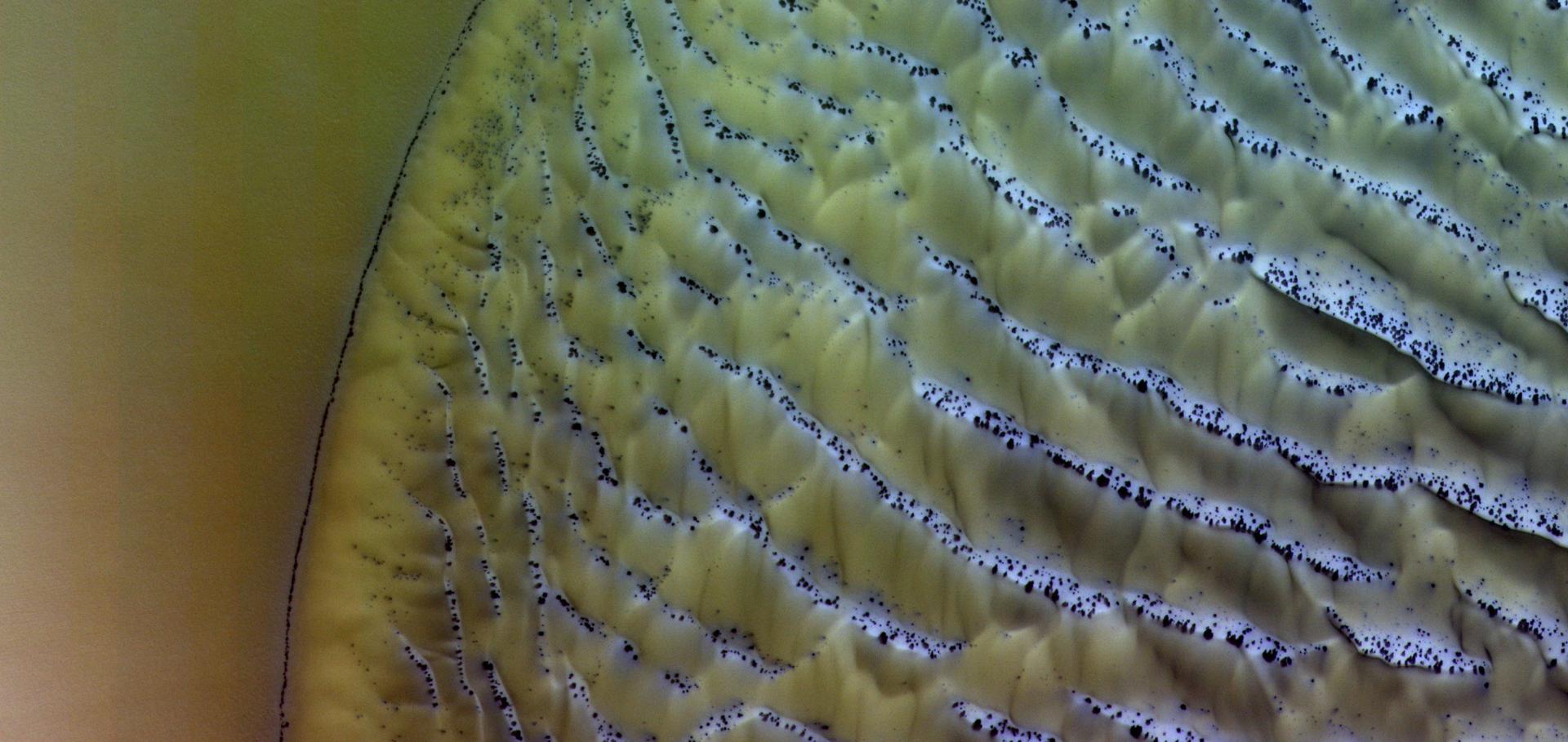Relationships between HCl, H2 O, aerosols, and temperature in the Martian atmosphere Part II: quantitative correlations
University of Oxford (2024)
Abstract:
Data generated for and supporting the the Publication: Relationships between HCl, H2O, aerosols, and temperature in the Martian atmosphere Part II: quantitative correlationsUltraviolet and visible reflectance spectra of Phobos and Deimos as measured by the ExoMars-TGO/Nomad-UVIS spectrometer
Journal of Geophysical Research: Planets Wiley 128:12 (2023) e2023JE008002
Abstract:
Spectroscopic measurements are a powerful tool to investigate the surface composition of airless bodies and provide clues of their origin. The composition and origin of Phobos and Deimos are still unknown and are currently widely debated. We present spectroscopic measurements of Phobos and Deimos at ultraviolet and visible wavelengths (250–650 nm) made by the NOMAD-Ultraviolet and Visible Spectrometer (UVIS) on the ExoMars TGO mission. These new spectra cover multiple areas on Phobos and Deimos, and are of generally higher spectral resolution and signal-to-noise than previous spectra, and extend to lower wavelengths than most previous measurements. The UVIS spectra confirm a red-sloped spectrum lacking any strong absorption features; however, we confirm the presence of a previously identified absorption feature near 0.65 μm and tentative absorption near 0.45 μm. The observed Phobos and Deimos spectra are similar to D- and T-type asteroids, adding weight to the captured asteroid hypothesis for the moons' origins. We also find, however, that the UVIS Phobos reflectance spectra of Phobos' red unit is a relatively close match to the olivine-rich, highly shocked Mars meteorite NWA 2737, with a low overall reflectance, a red-sloped spectrum, and lack of olivine-associated absorption bands in the UVIS spectral range. This meteorite, however, exhibits spectral features at longer wavelengths that not observed in the Martian moon spectra, indicating a need for further investigation at longer wavelengths to interpret whether this material could inform our understanding of Phobos' origin.Revised upper limits for abundances of NH3, HCN and HC3N in the Martian atmosphere
Icarus Elsevier 407 (2023) 115789
Abstract:
The Atmospheric Chemistry Suite (ACS) onboard the ExoMars Trace Gas Orbiter (TGO) spacecraft has been studying Mars' atmosphere since 2018. The sensitivity of the middle infrared channel (MIR) allows it to address many ardent topics and it is capable of improving and establishing upper limits for many trace species. In this work we present analysis of transmittance spectra in the 3332.5–3338.6 cm−1 range with 30,000 resolution (λ∕Δλ), covering absorptions lines of three nitrogen-bearing species: ammonia (NH3), hydrogen cyanide (HCN) and cyanoacetylene (HC3N). According to existing models, all of those are not expected to be present in a CO2-rich Martian atmosphere, but outgassing or unknown chemistry sources cannot be discounted. The upper limits of 14, 1.5 and 11 ppbv are obtained for NH3, HCN and HC3N from individual occultation measurements during the warm and dusty perihelion season of martian year 36. For the ammonia and hydrogen cyanide the upper limits are improved compared to previously published results. A search for cyanoacetylene on Mars is reported for the first time.Photochemical depletion of heavy CO isotopes in the Martian atmosphere
Nature Astronomy Springer Nature 7:7 (2023) 867-876
Abstract:
The atmosphere of Mars is enriched in heavy isotopes with respect to Earth as a result of the escape of the atmosphere to space over billions of years. Estimating this enrichment requires a rigorous understanding of all atmospheric processes that contribute to the evolution of isotopic ratios between the lower and upper atmosphere, where escape processes take place. We combine measurements of CO vertical profiles obtained by the Atmospheric Chemistry Suite on board the ExoMars Trace Gas Orbiter with the predictions of a photochemical model and find evidence of a process of photochemistry-induced fractionation that depletes the heavy isotopes of C and O in CO (δ13C = −160 ± 90‰ and δ18O = −20 ± 110‰). In the upper atmosphere, accounting for this process reduces the escape fractionation factor by ~25%, suggesting that less C has escaped from the atmosphere of Mars than previously thought. In the lower atmosphere, incorporation of this 13C-depleted CO fractionation into the surface could support the abiotic origin of recently found Martian organics.Quantification of carbonates, oxychlorines, and chlorine generated by heterogeneous electrochemistry induced by Martian dust activity
Geophysical Research Letters American Geophysical Union 50:4 (2023) e2022GL102127


